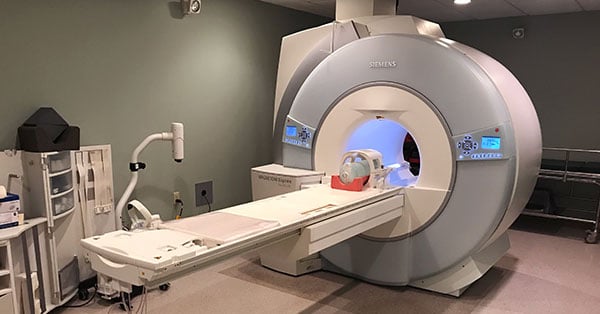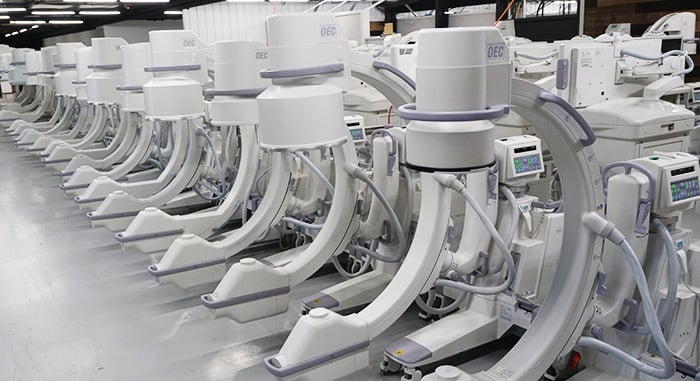
A quality sound system has become a patient comfort standard in MRI suites. In light of the wide range of available offerings, however, deciding on a sound system for your scanning room has become a daunting task. The goal is, of course, to provide your patients with comfort, but it's also important to avoid adding unnecessary complications to your MRI technologist’s job. To this end, there are four key questions we've found it helpful to ask as you approach your MRI sound system purchase.
Choosing Your MRI Sound System
Does the system provide enough noise reduction?
The "magic number" for sufficiently covering the volume of the MRI scanner inside the bore is a noise reduction rating of at least -29 decibels.
Is the system easy to use?
Ease of use has a significant bearing on how much an MRI sound system is actually used. The system may be hooked up and ready to go, but if the technologist forgets how to use it, or simply doesn’t want to go to the trouble because it’s too complicated, it becomes a very expensive paperweight.
How varied is the music selection?
Musical taste can vary greatly from patient to patient. Your mother might find it comforting to hear Michael Bolton croon his way through her whole scan, but many other patients would probably prefer to just listen to the banging of the scanner.
Usually, an MRI sound system includes an AM/FM radio and/or a CD player. These are both great to have, but an ideal system will have access to some form of internet radio. This offers a distinct comfort advantage, as the music selection can be tailored to fit each and every patient according to their tastes. It also means you can throw out that rack of CDs and reclaim some space in your control room
Does the system come with multiple headsets?
If your department performs a fair number of head and spine scans, you need an in-ear style headset that fits inside a head coil in addition to your regular, over-ear headset. Again, both headsets need to reach the magic number for noise reduction: -29 db.
The Takeaway
When you approach the MRI audio market with these questions in mind, you'll be better prepared to walk away with a sound system that maximizes patient comfort and makes setting up the music a quick and easy step for techs.
Special thanks to Michael Hardesty of MRIaudio for his assistance in providing these tips!

Josh Block
Josh Block is the President of Block Imaging. As a part of the second generation of Blocks to lead Block Imaging, Josh carries on the family passion for putting people first, delivering memorable service, and improving lives all over the world by empowering medical care providers with high-quality equipment. Aside from work Josh enjoys being a husband and dad, playing golf. And, before turning 40, Cheetos and cherry coke.





